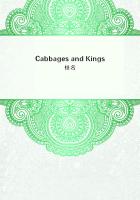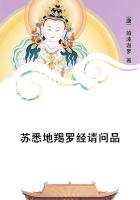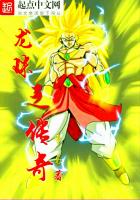The decent citizens, not alone in the metropolis, but throughout the country, believed with Theodore Roosevelt that Mr.Mitchel was "the best mayor.New York ever had." But neither the effectiveness of his administration nor the combined efforts of the friends of good government could save him from the designs of Tammany Hall when, in 1917, he was a candidate for reelection.
Through a tactical blunder of the Fusionists, a small Republican group was permitted to control the party primaries and nominate a candidate of its own; the Socialists, greatly augmented by various pacifist groups, made heavy inroads among the foreign-born voters.And, while the whole power and finesse of Tammany were assiduously undermining the mayor's strength, ethnic, religious, partizan, and geographical prejudices combined to elect the machine candidate, Judge Hylan, a comparatively unknown Brooklyn magistrate.
How could Tammany regain its power, and that usually within two years, after such disclosures as we have seen? The main reason is the scientific efficiency of the organization.The victory of Burr in New York in 1800 was the first triumph of the first ward machine in America, and Tammany has forgotten neither this victory nor the methods by which it was achieved.The organization which was then set in motion has simply been enlarged to keep easy pace with the city's growth.There are, in fact, two organizations, Tammany Hall, the political machine, and Tammany Society, the "Columbian Order" organized by Mooney, which is ruled by sachems elected by the members.Both organizations, however, are one in spirit.We need concern ourselves only with the organization of Tammany Hall.
The framework of Tammany Hall's machinery has always been the general committee, still known, in the phraseology of Burr's day, as "the Democratic-Republican General Committee." It is a very democratic body composed of representatives from every assembly district, apportioned according to the number of voters in the district.The present apportionment is one committeeman for every fifteen votes.This makes a committee of over 9000, an unwieldy number.It is justified, however, on two very practical grounds:
first, that it is large enough to keep close to the voters; and second, that its assessment of ten dollars a member brings in $90,000 a year to the war chest.This general committee holds stated meetings and appoints subcommittees.The executive committee, composed of the leaders of the assembly districts and the chairman and treasurer of the county committee, is the real working body of the great committee.It attends to all important routine matters, selects candidates for office, and conducts their campaigns.It is customary for the members of the general committee to designate the district leaders for the executive committee, but they are elected by their own districts respectively at the annual primary elections.The district leader is a very important wheel in the machine.He not only leads his district but represents it on the executive committee; and this brotherhood of leaders forms the potent oligarchy of Tammany.Its sanction crowns the high chieftain, the boss, who, in turn, must be constantly on the alert that his throne is not undermined;that is to say, he and his district leaders must "play politics"within their own bailiwicks to keep their heads on their own shoulders.After their enfranchisement in New York (1917) women were made eligible to the general and executive committees.















